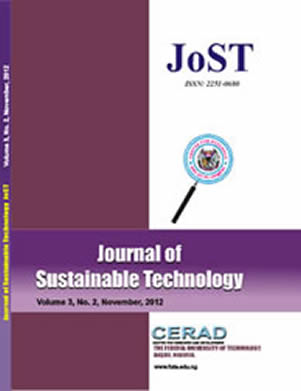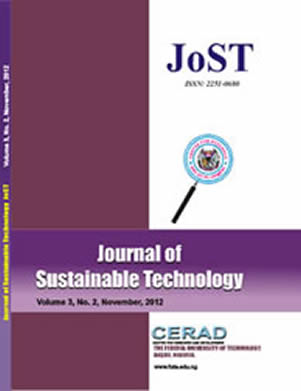Surveying is an integral component of mining activities. It is mainly carried out for estimation purposes and any form of error in surveying activities should be reduced to the barest minimum in order to have little or no difference in the estimated objects or materials and the actual size of the estimated object. Total Station Instrument (TSI) is an essential equipment to the survey engineer. The use of the instrument expose its line-of-sight to possible obstructions arising from moving vehicles, flying branches, vibration, and human intervention. The obstructions thus lead to potential errors in the acquired data. In this research, selected materials that are likely to temporarily obstruct a line-of-sight between the prism and the instrument were simulated in a controlled environment to ascertain their effects on the accuracy of distance measurement. The obstruction distance and delayed-time were varied for each of the materials used (metal plate, wooden board, leaf, nylon and rubber). The result revealed that the obstruction distance from the telescope is significant when monitoring in prism mode while randomness in individual readings were attributed to delayed-time. Root Mean Square Error (RMSE) in measured distances were between 0.84 mm and 4 mm. Effects varied for different materials used. Metal plate, wooden board, leaf and plastic showed an increasing trend of accuracy with increasing obstruction distance away from the telescope. However, cotton and rubber showed a reverse. Unlike glass which increased a measured distance, when opaque materials completely blocked the laser ray for a period, the distances were lesser than the true values. Obstruction triggered at 15 m and 30 m yield RMSE that were generally in an acceptable accuracy of ±2 mm for the Total Station used. Thus, it is advisable to keep the obstruction as far as possible from the telescope while at the same time maintaining a minimum delayed time.
Keywords: Accuracy, Error, Distance Measurement, Temporary Obstruction, Total Station.



